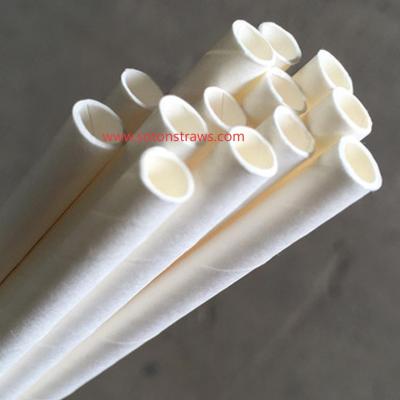Soton’s Quest for Perfect Harmony in Paper Straws Manufactory
-
The journey of a paper straw begins not in machinery, but in the intricate dance of molecular bonds within plant fibers. Modern Paper Straws Manufactory operations have evolved beyond simple pulping, embracing a profound understanding of cellulose’s hidden potential. This deeper insight transforms what was once considered a limitation—natural fiber’s interaction with liquids—into a canvas for innovation. By studying how different botanical sources behave under varying conditions, engineers unlock performance previously thought impossible. Certain grasses, harvested at specific growth stages, reveal tensile strength rivaling synthetic composites. Others, when blended strategically, create self-regulating barriers against moisture penetration. This isn’t about forcing nature into industrial molds; it’s about listening to botanical intelligence and co-designing with it. The shift transforms factories into ecosystems where material scientists collaborate with agricultural experts, viewing every stalk or stem as a unique contributor to functional excellence.
Within these reimagined spaces, water becomes a sculptor rather than a solvent. Advanced forming techniques utilize precise hydrodynamics to align fibers directionally, creating microscopic channels that optimize liquid flow while reinforcing structural integrity. Temperature and pressure are applied like artistic tools—gently coaxing fibers into cohesion without compromising their innate biodegradability. Natural binders, derived from plant starches or proteins, are introduced at critical phases, forming bonds that withstand hours of immersion yet dissolve predictably in composting environments. The process resembles orchestrated biochemistry, where every variable—humidity, dwell time, curing atmosphere—is fine-tuned to honor the material’s organic origins while achieving unprecedented durability. Workers monitor these reactions with spectral analysis, ensuring consistency not through rigid standardization, but through adaptive responsiveness to each batch’s unique character.
This material renaissance extends beyond the factory walls. Finished straws are designed to complete their lifecycle as contributors to soil health. Research explores integrating micronutrients or beneficial microbes into the paper matrix, transforming used straws into active soil amendments upon disposal. Collaborations with composting facilities refine degradation timelines, ensuring straws decompose synchronously with food waste to create balanced humus. Distribution networks prioritize regional loops, reducing transport emissions while strengthening local agricultural economies that supply raw materials. The Paper Straws Manufactory thus becomes a nexus connecting sustainable farming, advanced material science, and waste transformation—a model where industrial output actively regenerates the systems it touches.
Consumer experience remains paramount. Innovations focus on subtle sensory enhancements: textures tuned for comfortable lip contact, diameters optimized for different beverage viscosities, and designs that visually celebrate natural fiber variations. These details shift perceptions, framing paper straws not as compromises, but as thoughtful upgrades aligning pleasure with planetary care. The Paper Straws Manufactory stands as proof that honoring nature’s complexity yields solutions surpassing petroleum-based convenience. Soton-supported research explores frontier applications where this material intelligence could reshape broader packaging paradigms.click www.sotonstraws.com to reading more information
